Symbolism & Optional Extras
Musical instruments, koros or twists, beloved vehicles and sporting symbols are just some of the popular choices that can be incorporated into headstones.
There are also traditional imagery such as hearts, roses, angels and animals.
If you visit a cemetery, you’ll see a wide array of symbols and images engraved on headstones and memorials. They range from religious and philosophical through to the purely decorative.
Many of these symbols or images have meanings associated with them. For example, you may see the following:
Angels: The guardianship of someone’s soul
Weeping angels: Sorrow at the person’s death
A candle: The light of God or the person’s soul
Cherubs: Traditionally on childrens’ graves
A circle: Eternal life (this is sometimes shown as a snake swallowing its own tail)
A dove: Peace and freedom
A lamb: A symbol of God, often on the graves of children
A flaming torch: Eternal life
Clasped hands:: A promise of reunion in heaven
A tree: Longevity, a family figurehead
Wheat: The person had a long and fruitful life
A teddy bear: Comfort for a child or baby
In the past, many graves included skulls, scythes, skeletons or hourglasses. These symbols typically represented mortality and the fleetingness of life. However, these symbols have become less common in modern times.
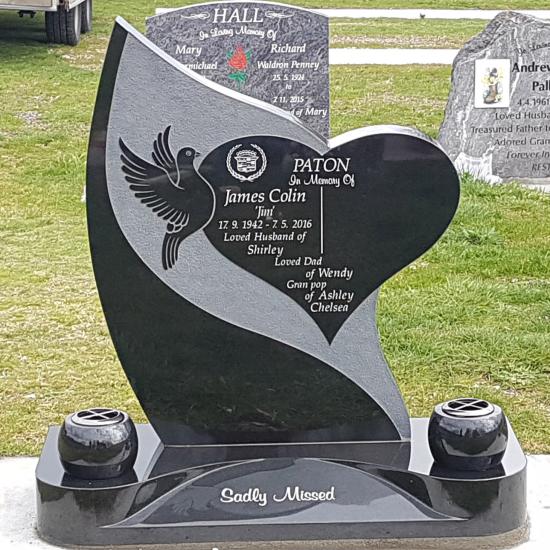
Heart
The heart, representing love, is a common symbol we use in memorials, both in the shape and carved into the stone. View Gallery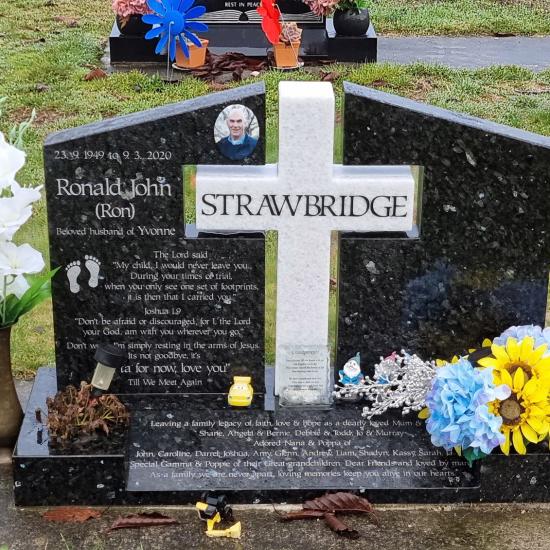
Cross
Many of our memorials incorporate a cross, either in the shape of the memorial, or carved into the stone. View Gallery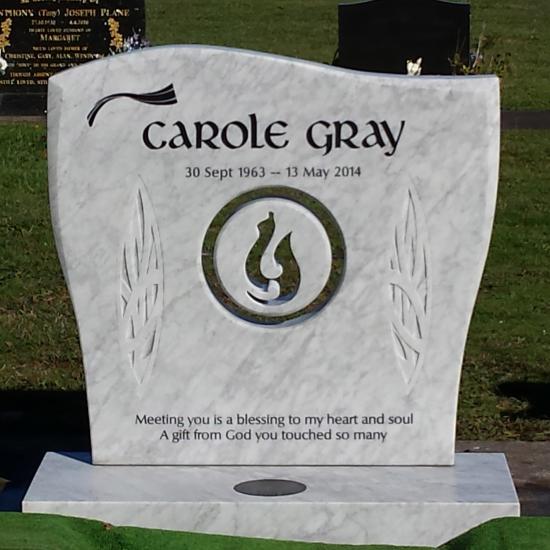
Celtic
Some families choose to reflect their Celtic roots in the design of their gravestone. View Gallery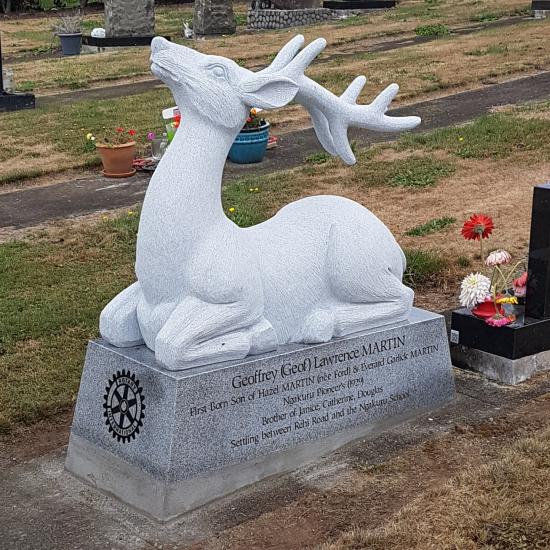
Animals and Native Birds
We are often asked to portray animals and native birds on gravestones. View Gallery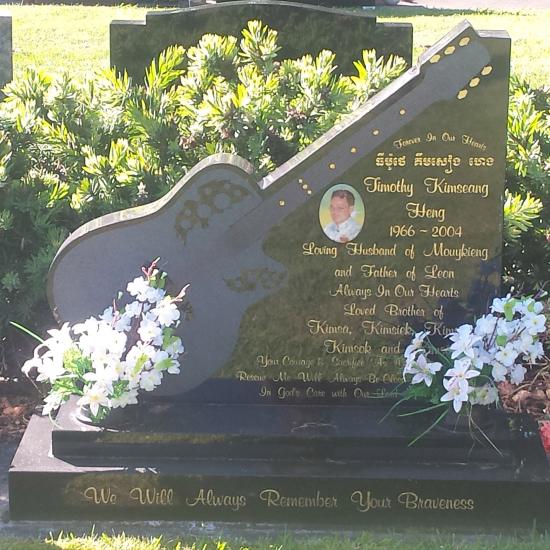
Musical Instruments
The Guitar is the most popular musical instrument that we have depicted on memorials. View Gallery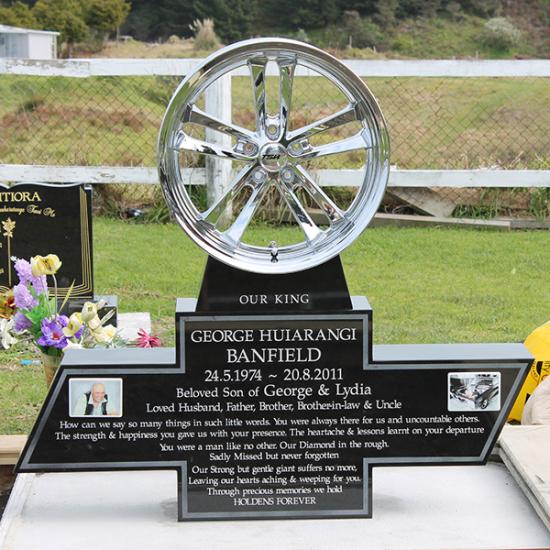
Cars and Motorbikes
Many families choose a memorial that reflects their loved one's passion in life. View Gallery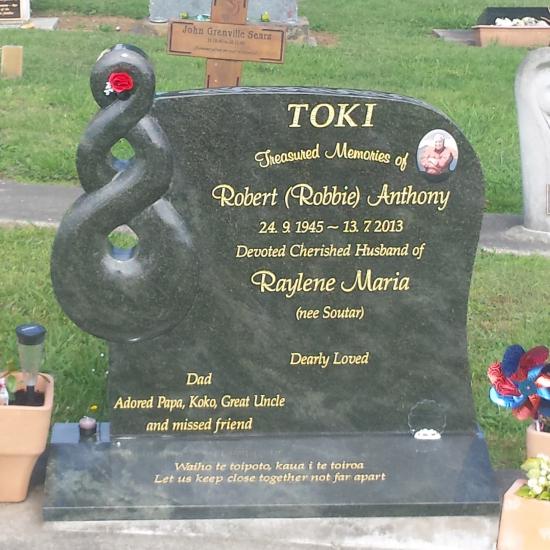
Koru and Twist
The Pikorua or single twist shape represents the eternal emerging paths in life. The figure-eight form symbolizes the bond between two people, their loyalty and love. This shape reflects the natural ebbs and flows that occur in a relationship, but the two people will always find their way back to each other. View Gallery